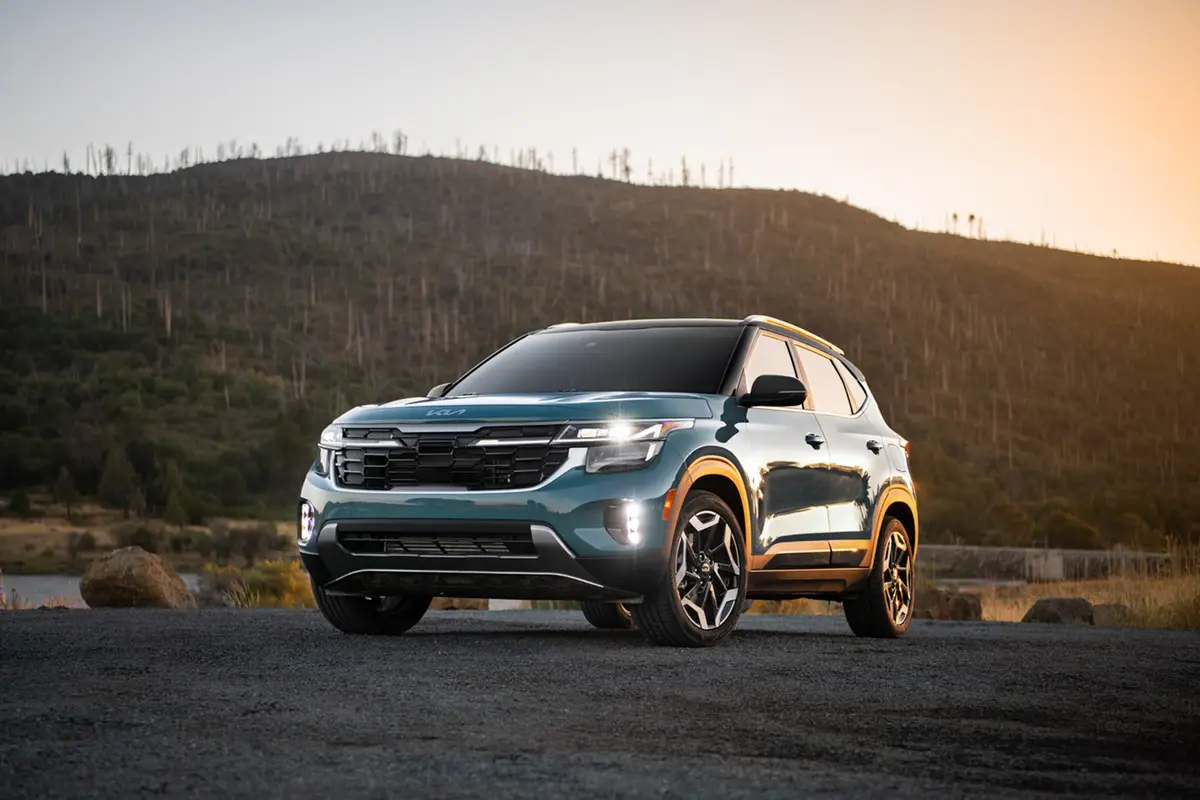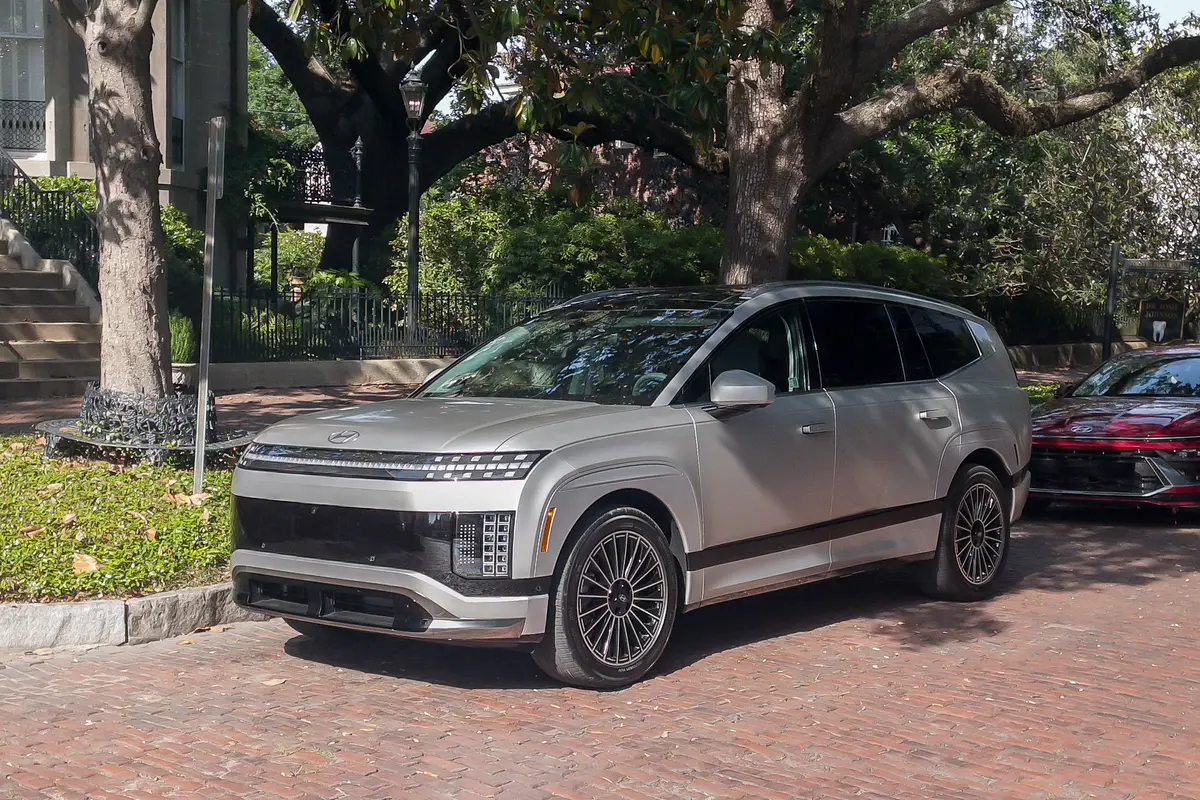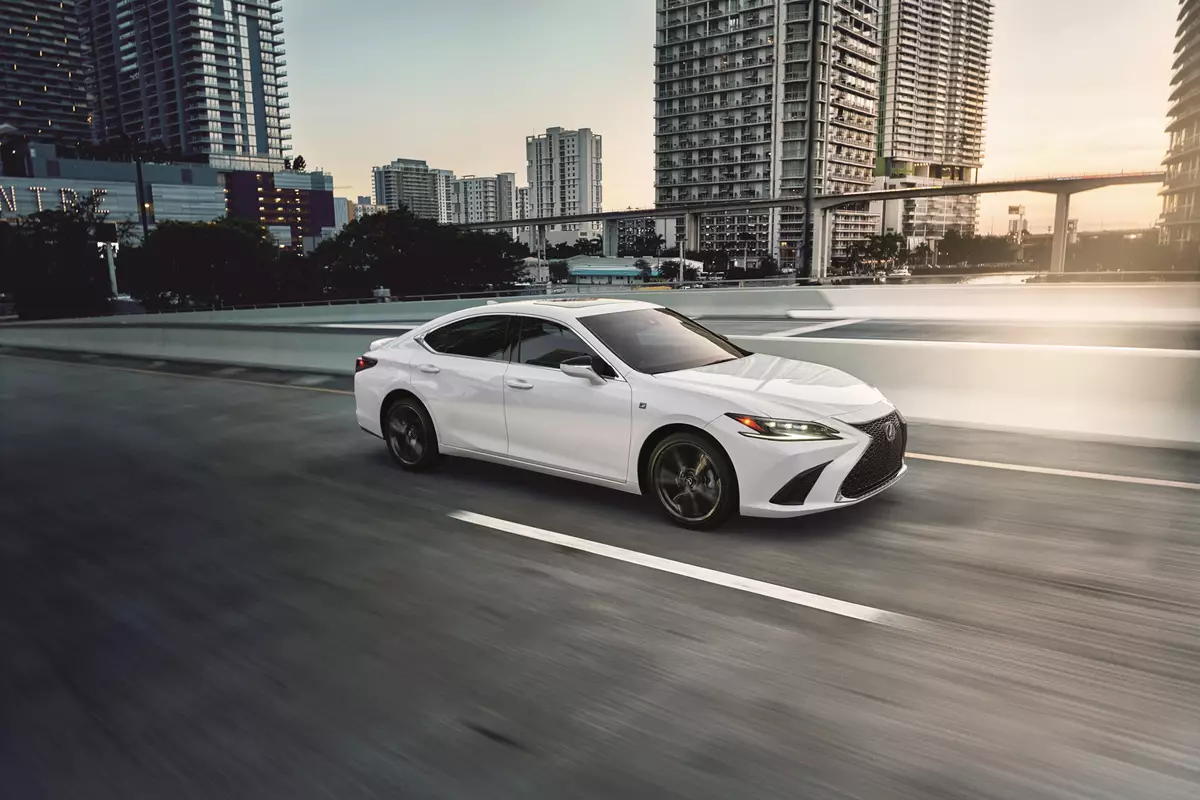Boston.com's view
BMW X5 is back with more heart, better brains
There comes a time in the car business, occasionally, when even outstanding and elegant form gets muted by function. That happened in a recent cruise in the redesigned 2004 BMW X5.
All that textured leather, all that wood, all that high-riding space, and here I was intrigued by variable valve lift and an all-wheel-drive system that’s far smarter and far better at controlling a vehicle than I will ever be.
When high-performance, luxury manufacturers such as Porsche and BMW said they were getting into the SUV business (BMW calls its an SAV, sports activity vehicle), I had my doubts.
How do you instill the soul of a sports car or high-performance sedan in the looming hulk that is a big box? Build Cayennes and X5s, was the answer from those two, who did just that.
Luxury, high-performance SUVs took off. In BMW’s case, sales have been so good that a smaller model — the X3 — has hit the market. And now, four years after its introduction, the X5 is back in better form. And brains and heart are the real story here.
Sure, it’s a more aggressive-looking ride than earlier. I chalk that up to the steroidal hump of hood, slit headlights that look like beady eyes, and a more pronounced presentation of the trademark BMW kidney grille.
But the heart is the thumped up 4.4-liter aluminum engine. Where once it delivered 290 horsepower, that same power plant now offers 315.
Linked to new six-speed transmissions (manual optional with the smaller 3.0 version, automatic in the 4.4i, as tested) the engine is a throaty, surging snarler that, even with more power, gets better gas mileage than its predecessor. I got more than 18 miles per gallon in local driving and what you’d call frisky highway travel. The earlier version of this engine was EPA-rated at 14 city, 18 highway.
The six-speed automatic, with manual, clutch-less option, let the car surge through the torque band before upshifting seamlessly.
And a smooth, level ride it was. The 4.4i comes with standard self-leveling suspension, with rear air springs replacing coils so that if kids and gear weigh it down, the car rises, on its own, to the occasion. There is also an optional package that gives air springs to the front to raise and lower the entire car for offroading or easy access. This is not, however, a real off-roader (no low range), so I’m not sure that would be worth the money.
So, it has heart. It also has brains.
The brains run the xDrive system, a monitoring program that watches what car and driver are doing and uses engine torque and braking to fix mistakes or help out in slippery situations. Basically, sensors monitor the rotational speed of each wheel, steering angle, brake use, yaw, and lateral acceleration. Power can be sent front to rear in various percentages, depending on where traction is best.
If the rear wheels are both on ice, almost all power goes forward. In tight curves at low torque, the rear gets most of the power, as it does in, say, parking lots, where slow, sharp turns are needed. In normal driving, the split is about 40 percent front, 60 percent rear.
Besides being good in slush, the xDrive also provides a great high-performance task. If the sensors detect understeer (plowing into a curve, common in front-wheel-drive cars), it sends power aft for good, old-fashioned, rear-wheel-drive fixability. If they sense oversteer — the result of good, old-fashioned, rear-wheel-drive mistakes that cause the rear of the car to try to swing around the front — they send power forward. Voila. Fixability.
And finally, with a simple switch, you can delete the program that cuts engine torque to the wheels because, frankly, there are times when you need to get all the power you can to your wheels without electronic intervention.
This is one nifty car, dazzling in its engineering.
Did I mention the leather, the wood, the interior elegance?
Latest news



